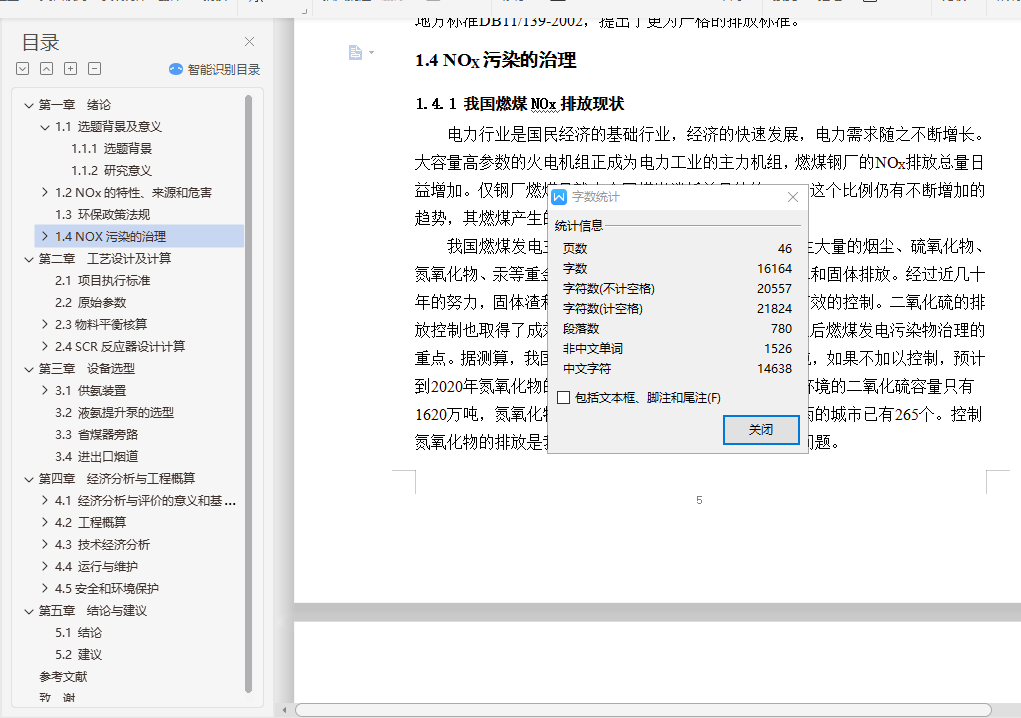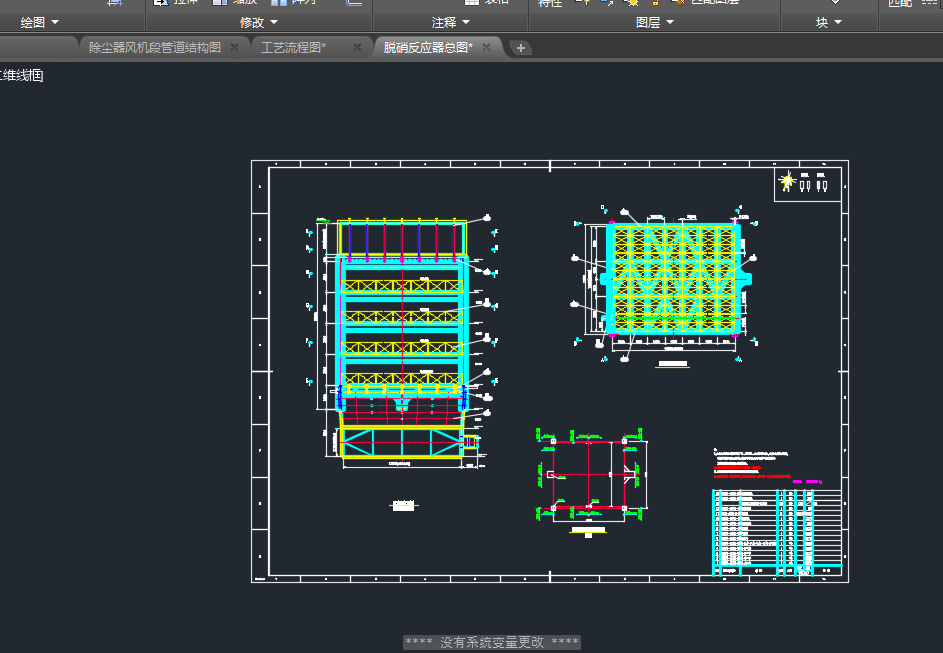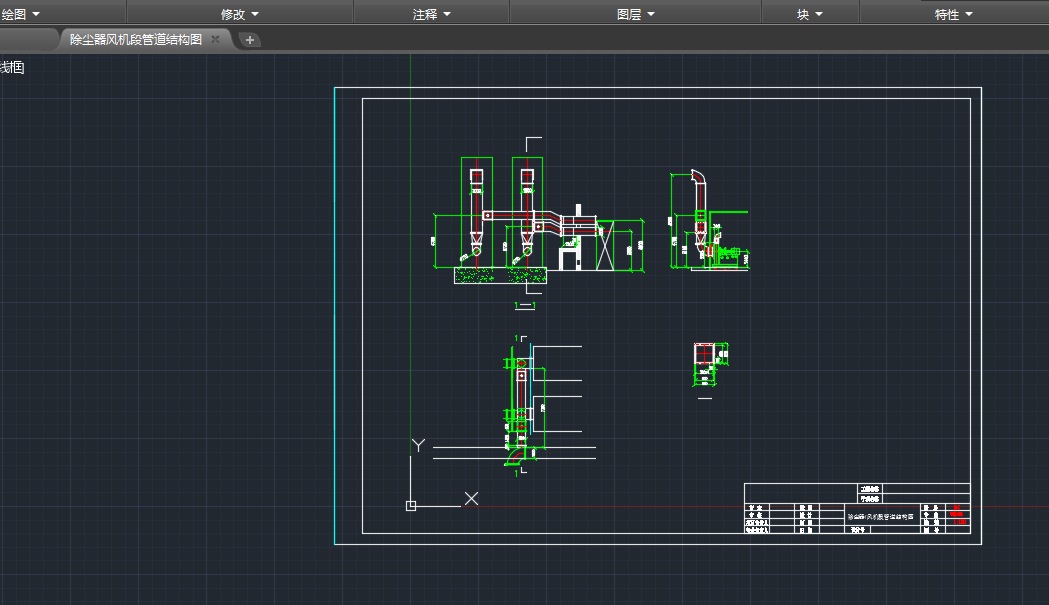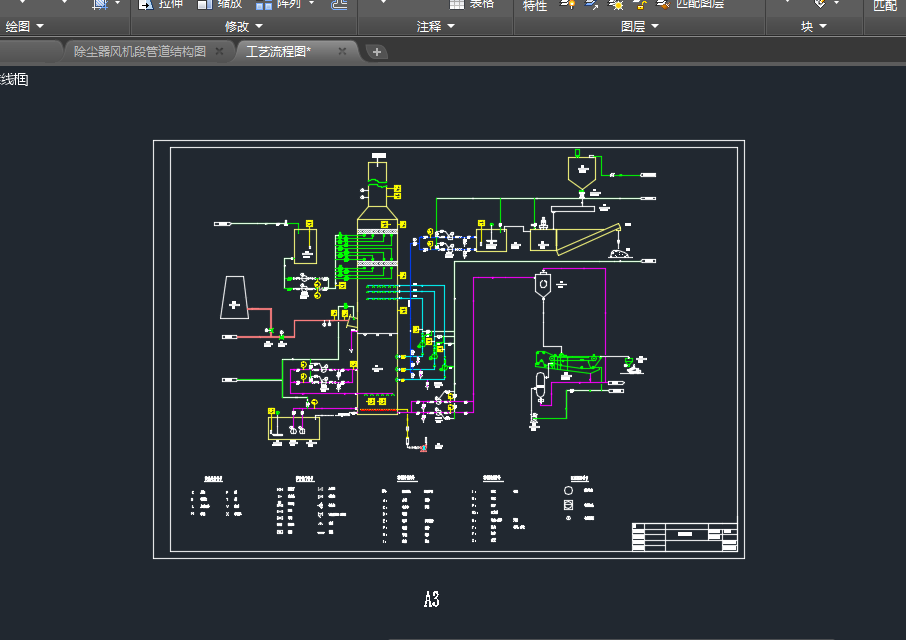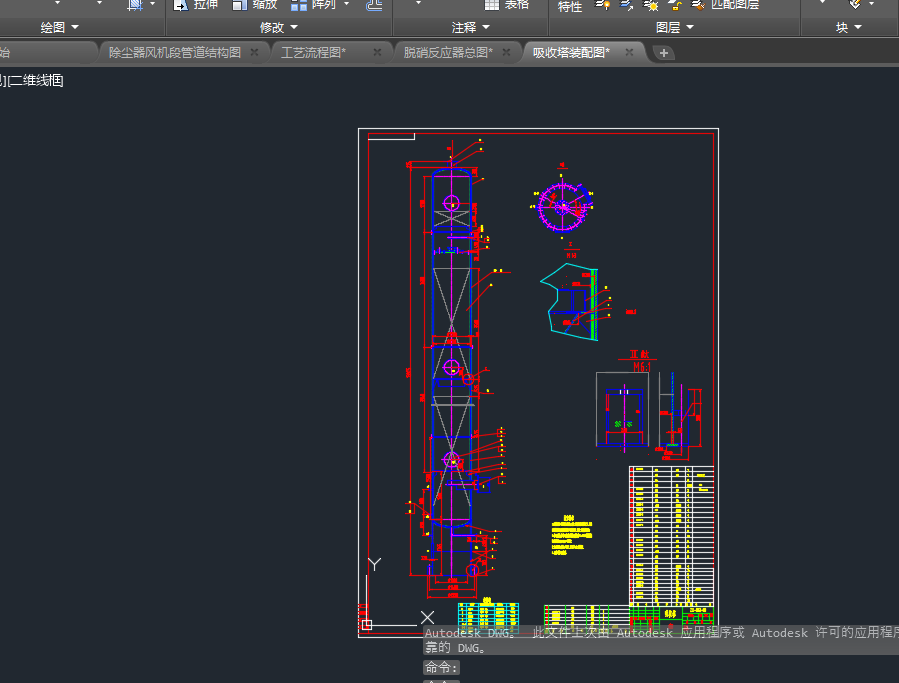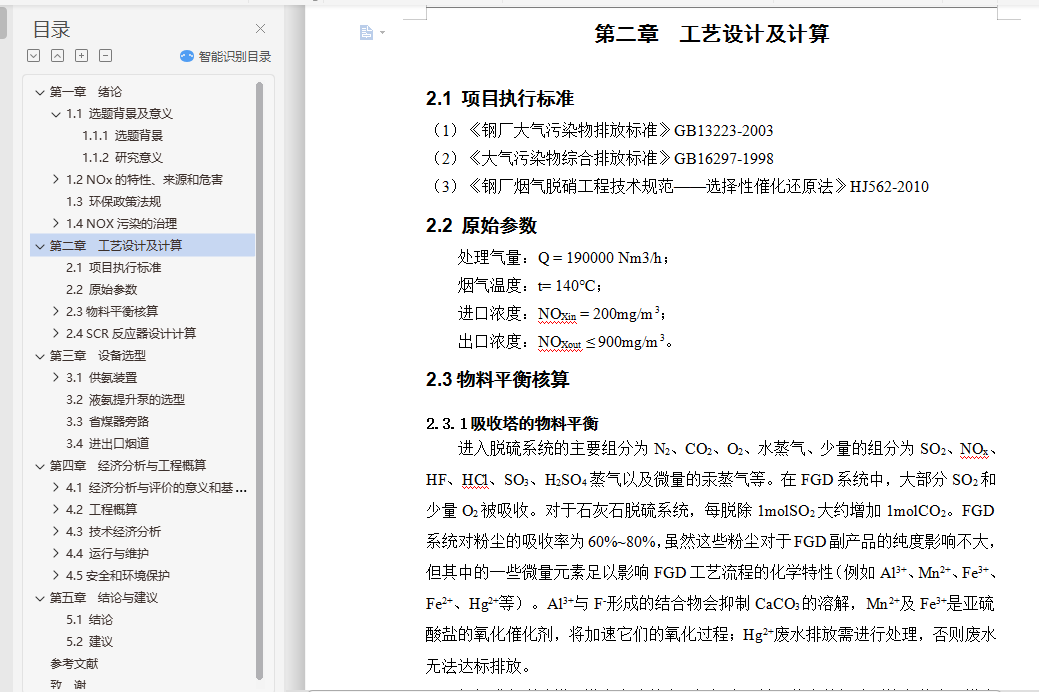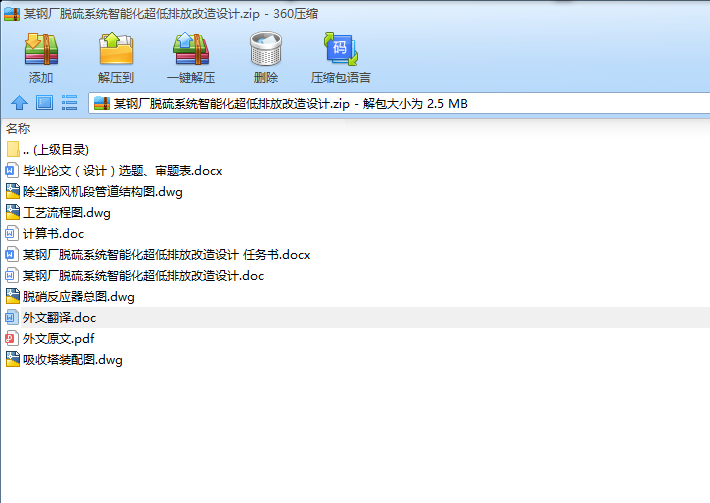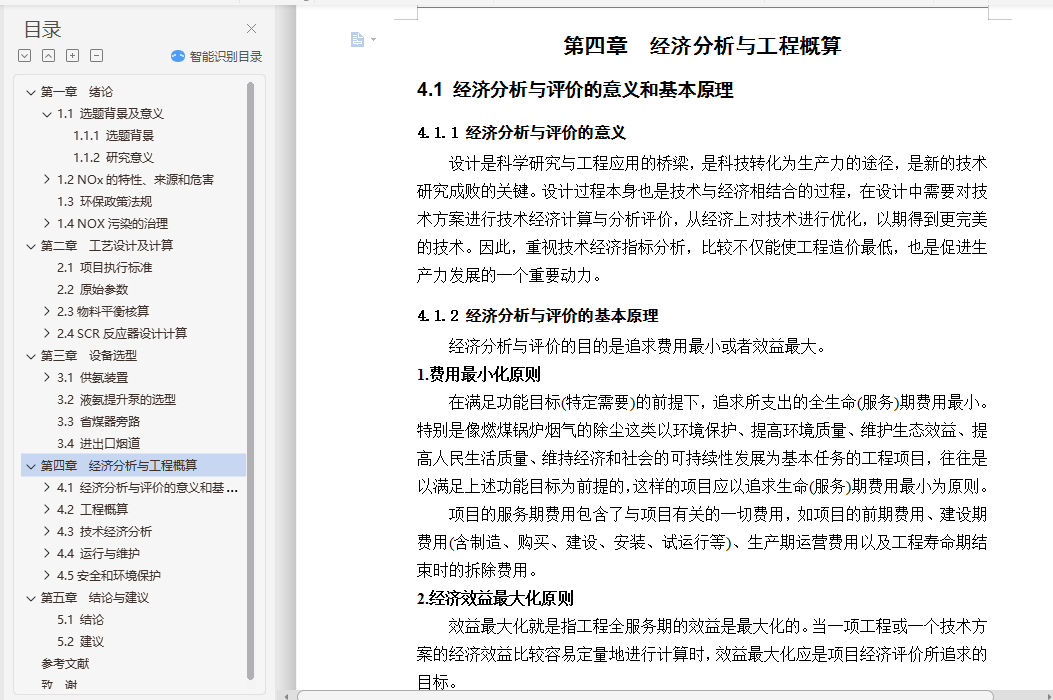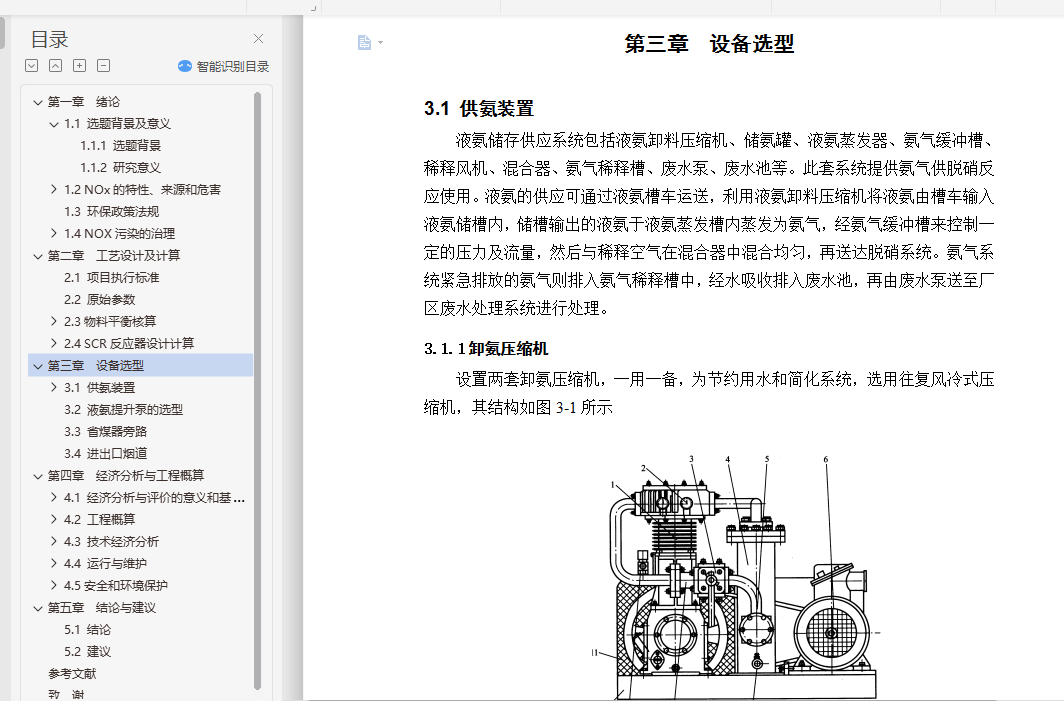某钢厂脱硫系统智能化超低排放改造设计毕业论文+审题表+任务书+外文翻译及原文+cad图纸
摘 要
我国的能源构成以煤炭为主,其消费量占一次能源总消费量的70%左右,这种局面在今后相当长的时间内不会改变。钢厂以煤作为主要燃料进行发电,煤直接燃烧开释出大量SO2,造成大气环境污染,且随着装机容量的递增,SO2的排放量也在不断增加,加大钢厂SO2的控制力度就显得非常紧迫和必要。
脱硫系统原则上采用一炉一吸收塔工艺设计,石灰石-石膏湿法脱硫,塔型可采取单塔、吸收塔内增设合金托盘或聚流环设计等;脱硝工艺采用SCR,催化剂采用双效环保型催化剂,除尘工艺可以采用静电除尘器、布袋除尘器以及湿式除尘器,为实现最佳烟气净化治理效果,可在系统设计过程中选择低低温烟冷器、湿电除尘器、新型除雾器等一种或多种工艺的组合,最终实现大型燃煤机组脱硫除尘一体化工艺设计。
本课题对象以某钢厂脱硫装置和相关运行数据为对象,采用超净排放初步工艺设计,系统入口主要参数如下:除尘器进口烟气量为190000 Nm3/h,烟气温度为140℃,烟气平均流速为9.1m/s,NOx入口浓度为200mg/m3(标准干态),SO2入口浓度为900mg/m3(标准干态)。
关键词:脱硫,脱销,SCR工艺,除尘,工艺设计
Abstract
China's energy composition is dominated by coal, and its consumption accounts for about 70% of the total primary energy consumption, which will not change for a long time to come. The steel plant uses coal as the main fuel to generate electricity, and the direct combustion of coal releases a large amount SO2, resulting in air pollution, and with the increase of installed capacity, SO2 emissions are also increasing, it is very urgent and necessary to increase the control of steel plant SO2.
Desulphurization system in principle adopts one furnace and one absorption tower process design, limestone-gypsum wet desulphurization, tower type can adopt single tower, absorption tower add alloy tray or flow ring design, etc.; denitrification process adopts SCR, catalyst using double-effect environment-friendly catalyst, dust removal process can use electrostatic precipitator, bag dust collector and wet dust collector, in order to achieve the best flue gas purification treatment effect, low-temperature smoke cooler, wet electrostatic precipitator, new type mist remover and other processes can be selected in the system design process, and finally achieve large-scale coal-fired unit desulphurization and dust removal integration process design.
The main parameters of the system inlet are as follows: dust collector inlet flue gas volume is 190,000 Nm3/h, flue gas temperature is 140℃, flue gas average flow rate is 9.1 m/s,NOx inlet concentration is 200 mg/m3( standard dry state), SO2 inlet concentration is 900).
Keywords: Desulfurization, off-pin, SCR process, dust removal, process design
目 录
